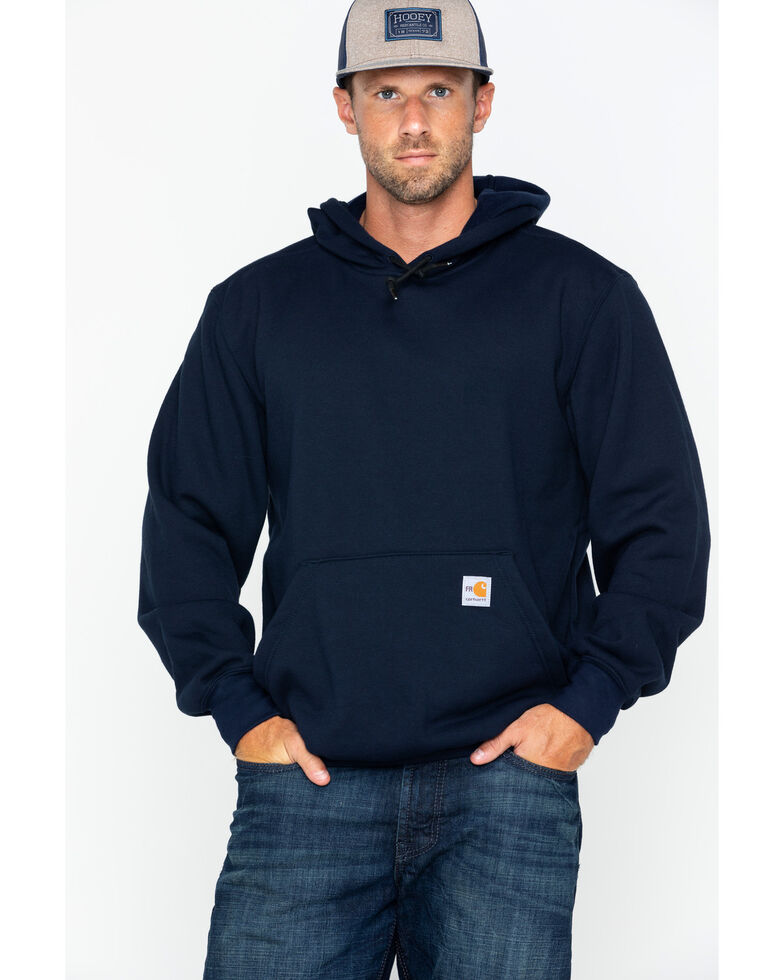Sweatshirts are long-sleeved, pullover garments constructed from thick cotton fabric. They are generally used for casual wear and are not so formal as sweaters and cardigans. They might not come with a hood. If you're interested in buying a sweatshirt , here are some tips:
Norma Kamali sparked the appeal of sweatshirts

Since the end of the 70s the Norma Kamali brand has transformed the basic sweatshirt into an art form. Her designs are now a staple in almost every woman's closet. Her unique styles vary from a tummy-tucking neckline to thick leather sweatshirts. Her clothing is also designed with unusual designs, like tanks with a long trumpet skirt.
The collaboration with the brand and the sweatshirt maker Everlast led to her Timeless line, which became an instant hit when it appeared in the spring catalog of Spiegel. The collection was made up of knits that could be interchangeable or convertible in classic shapes, and many pieces were priced at less than $20. Even if Norma Kamali's Timeless collection was not available in stores, customers were able to find the designs through eBay or Poshmark.
Merino wool sweatshirts are more comfortable than soft sweatshirts
Merino wool is known for its ability to wick moisture away, which helps to keep you comfortable and dry. It is a natural fibre that also offers a smoother and more comfortable feeling. It also drys quickly in comparison to other natural materials. Furthermore, merino is a sustainable resource. Merino sheep shed their coats each year and grow new coats.
The weight-to-heat ratio of merino wool makes it an ideal material for sweatshirt s. It assists in regulating the body's temperature because of its natural loft, which retains heat between the fibers. This is why Merino wool sweatshirts are ideal for outdoor activities in the summer, like hiking, mountain biking, and running. The warmth it offers ensures that the wearer stays well-hydrated and cool, something that is crucial for working out.
Zip-front hoodies have kangaroo pocket
Kangaroo pocket Hoodies are a very popular type of hoodies. They feature a big pocket in the front, which helps keep your hands warm on chilly days. They're additionally more practical than conventional pockets as they allow your hands to slide in and out with ease.
The pockets of Kangaroos are usually big enough to fit an entire wallet or small items for personal use. They're typically large enough to accommodate the palm of a hand that is small or even wide enough to fit two hands. They have wide openings on either side , and can be used to carry small objects.
French terry fabric is a very popular material for sweatshirts.
The French Terry fabric is composed of soft yarns knit into loops and is typically midweight. It is also famous for its ability to wick away moisture and is already pre-shrunk. https://meadowshall70.livejournal.com/profile is a great option for sweatshirts as it will keep you warm when you're in need and helps keep you cool when you need to cool down.
French Terry is also popular for loungewear, since it has enough stretch and flexibility to feel good against your skin. It also allows enough air to circulate around the fabric, making it ideal for layering under other clothing. Furthermore, because it's lighter than other sweatshirts you can wear it all through the year without feeling too either cold or hot.
Hoodies can be classist.
Although it might appear that hoodies are just an appropriate garment for working class people but the truth is that they have a classist connotation. Hoodies were first seen in the 1970s , in New York, where graffiti artists wore them to conceal their identities. In 1976, hoodies made their major movie debut with "Rocky," when the working-class main character was seen wearing grey sweats with hoods during his famous climb up the steps of the Philadelphia Museum of Art.
Hoodies are often associated with death, destruction and other unpleasant things, but they can also be used for practical reasons. For instance, monks and priests might wear hoods in order to display modesty and inward focus.
